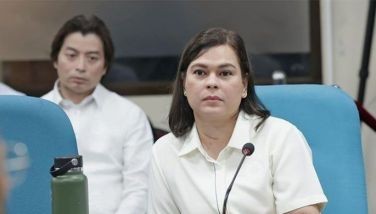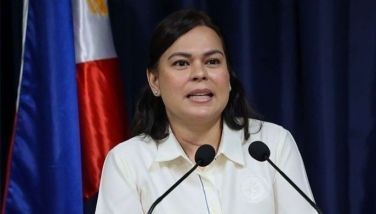200 banks join microfinance bandwagon
MANILA, Philippines - There are 200 banks and another 2,000 microfinance institutions (MFIs) in the Philippines servicing at least seven million microfinance clients, based on a study released recently by the Asian Development Bank (ADB).
The study reported that majority of the commercial banks catered indirectly to the microfinance sectors-- through their socially-oriented foundations -- by providing wholesale funds to private institutions engaged in retail microfinance services.
“Some commercial banks, however, opted to establish their own rural or thrift banks that are wholly engaged in microfinance operations,†it added.
The Bank of the Philippine Islands (BPI) for example established BPI Globe BanKO, a thrift bank utilizing mobile phone technology to extend microfinance.
The Rizal Commercial Banking Corp. (RCBC) operated its own microfinance oriented thrift bank, the Rizal Microbank.
While East West Banking Corp. acquired a Mindanao-based rural bank to establish a microfinance platform.
The ADB reported that the Philippines is considered one of the countries in Asia with a relatively developed microfinance industry that provides financial services to the low-income sector.
The Economist Intelligence Unit (EIU) recognized the Philippines as one of the countries in Asia with “very strong regulatory regimes and good prospects for MFIs to enter the sector and perform effectively†for three consecutive years (2009-2011). In 2010-2011, the country was adjudged as having the best microfinance regulatory framework among 54 countries.
But the report said that the challenges remain enormous.
The National Statistical Coordination Board (NSCB) reported that poverty incidence in the Philippines remains one of the highest, next to Cambodia with 30.1 percent and Lao People’s Democratic Republic with 27.6 percent in 2010.
The poor still do not have access to various types of financial services.
The 2011 World Bank report on the finance sector reported that only about 30 percent of Filipinos used formal financial services (lower than the East Asia average).
It said that while branches of formal financial institutions have been increasing, access to and use of financial services have remained limited for poorer and more rural areas.
This was further substantiated by an NSCB report that among the basic sectors, fisherfolk had the highest poverty incidence at 41.4 percent in 2009 followed by farmers at 35.7 percent.
“One of the perceived barriers is the lack of or inadequate access to financial services of the poor, which has been mostly limited by geographic distance, high cost of services, inappropriate products, and stringent and tedious documentary requirements,†the ADB report added.
More attention must be given to the financial literacy of the poor, consumer protection, and accountability to customers to ensure sound microfinance practices and that the poor have access to safe financial services.
- Latest






























